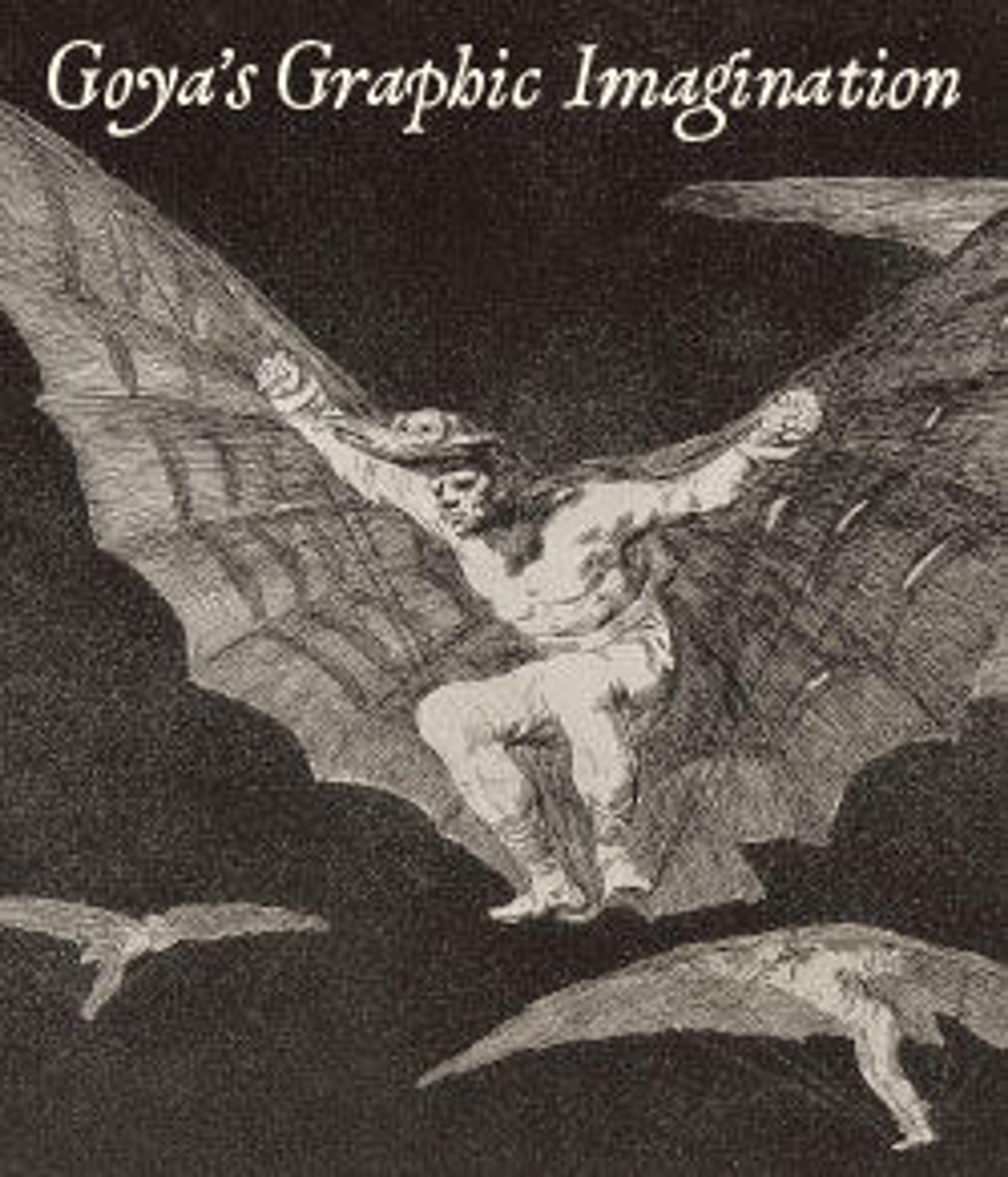Garroted Man
This is one of Goya's earliest etchings, made when he was exploring the technique. It shows a man being killed by a garrotte, the standard civilian method of execution in Spain of which there were several methods. That depicted here shows the prisoner sat on a stool with his back to the post, wrists bound and a hinged iron collar closed around his neck. It is a strange subject for a print, perhaps addressing judicial abuse and it is hard to guess what sort of audience Goya anticipated. Goya might not have intended it for wide distribution as it was made when he was beginning as a printmaker and exploring subjects that interested him personally. Goya’s unflinching depiction of this method of execution anticipates his brutally frank representation of conflict in the 'Disasters of War' began over thirty years later, in 1810. This etching, printed in blue ink is a unique working proof. The tone imparts an eerie sense to the composition, suggesting an interior nocturnal setting.
Artwork Details
- Title: Garroted Man
- Artist: Goya (Francisco de Goya y Lucientes) (Spanish, Fuendetodos 1746–1828 Bordeaux)
- Date: ca. 1775–78
- Medium: Etching, printed in blue (working proof)
- Dimensions: Plate: 12 7/8 × 8 1/4 in. (32.7 × 21 cm)
Sheet: 16 15/16 × 12 3/16 in. (43 × 31 cm) - Classification: Prints
- Credit Line: Rogers Fund, 1920
- Object Number: 20.22
- Curatorial Department: Drawings and Prints
More Artwork
Research Resources
The Met provides unparalleled resources for research and welcomes an international community of students and scholars. The Met's Open Access API is where creators and researchers can connect to the The Met collection. Open Access data and public domain images are available for unrestricted commercial and noncommercial use without permission or fee.
To request images under copyright and other restrictions, please use this Image Request form.
Feedback
We continue to research and examine historical and cultural context for objects in The Met collection. If you have comments or questions about this object record, please contact us using the form below. The Museum looks forward to receiving your comments.
